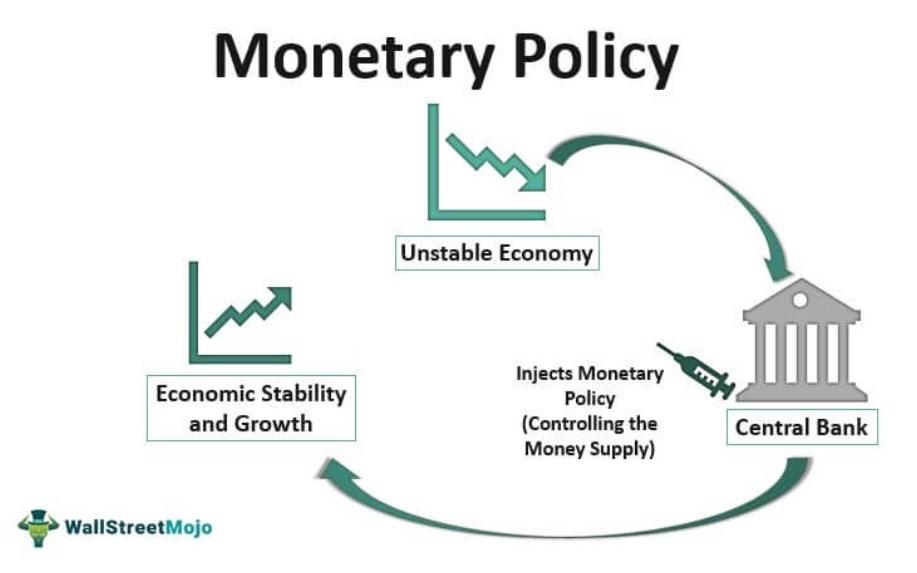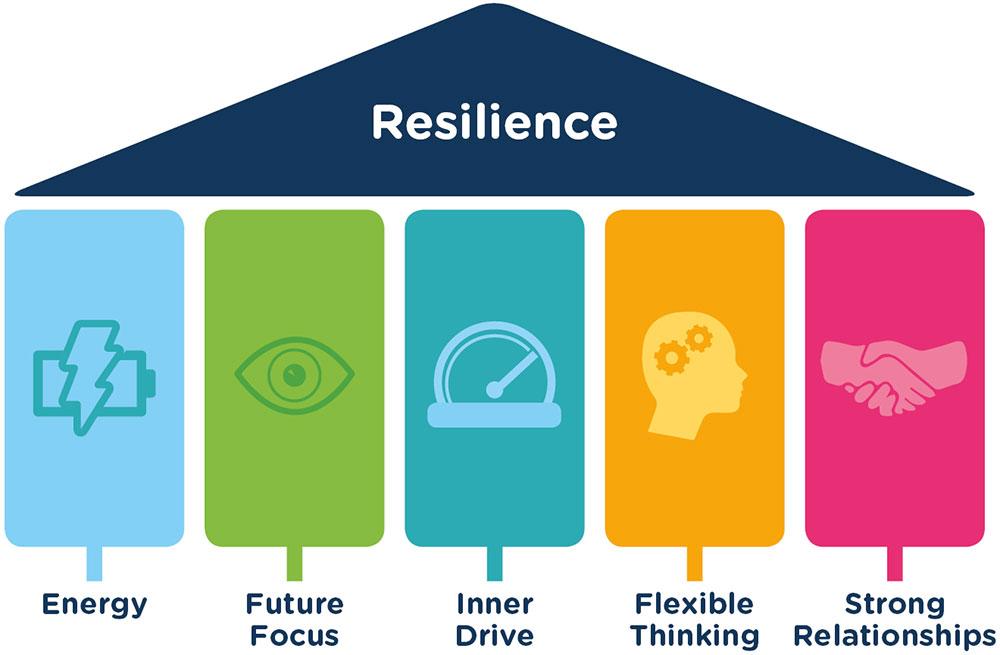In an era marked by rapid technological advancements, shifting demographics, and unforeseen global challenges, the role of central banks has never been more pivotal. As the architects of monetary policy, these institutions are confronted with a dynamic landscape that demands not only resilience but also a willingness to embrace change. The age-old adage, “adapt or perish,” resonates deeply within the corridors of central banks worldwide as they navigate the complexities of a post-pandemic economy, climate change uncertainties, and the burgeoning influence of digital currencies. This article delves into the imperative shift for central banks, exploring the need to redefine their mandates, rethink traditional approaches, and reengage with the communities they serve. In a world where stability and innovation must coexist, the question arises: how can central banks become architects of a more resilient and equitable financial future? Join us as we examine the transformative journey ahead for these crucial institutions and the broader implications for the global economy.
Rethinking Monetary Policy Frameworks for a Dynamic Economy
As the global economy evolves at an unprecedented pace, central banks must confront the limitations of traditional monetary policy frameworks. Existing models, which often emphasize rigid interest rate targets and inflation control, are increasingly inadequate in addressing the complexities of today’s financial landscape. Central banks need to adapt by incorporating tools that allow them to respond swiftly to fluctuations in economic indicators and market sentiment. This can be achieved through the integration of data analytics, real-time economic monitoring, and enhanced communication strategies that foster greater transparency and public trust.
Furthermore, the move towards a more dynamic monetary policy framework necessitates a shift in mindset. Central banks should consider a more holistic approach that includes asset price monitoring, credit availability, and systemic risks alongside inflation. Embracing technological advancements such as digital currencies and decentralized finance presents an opportunity to redefine monetary interactions and improve efficiency. To facilitate this transition, monetary authorities must prioritize collaboration with financial institutions and fintech companies, sharing insights and developing innovative solutions that can better serve diverse economic needs.

Navigating Technological Disruption: The Role of Digital Currencies
The emergence of digital currencies has prompted a seismic shift in the financial landscape, challenging traditional banking systems and redefining the role of central banks. With the rapid growth of blockchain technology and cryptocurrencies, central banks face potential obsolescence if they do not adapt. The acceleration of digital transactions has highlighted the inefficiencies of current monetary systems, necessitating a proactive approach. As a result, central banks are exploring the concept of Central Bank Digital Currencies (CBDCs) to enhance their relevance in a digitized economy.
In this transformative era, the potential benefits of adopting digital currencies are manifold. Central banks can experience improved efficiency in transaction processing and reduced costs associated with cash circulation. Key advantages include:
- Increased Financial Inclusion: Digital currencies could reach unbanked populations, providing access to essential financial services.
- Enhanced Transaction Speed: The shift to digital could streamline payments, reducing settlement times significantly.
- Monetary Policy Implementation: Digital currencies may allow for more effective control of interest rates and money supply.
The need for central banks to innovate is unequivocal, driving them towards diversified strategies. A notable example is the establishment of experimental CBDC pilot programs worldwide:
| Country | CBDC Status | Launch Date |
|---|---|---|
| China | In Development | 2022 |
| Sweden | Pilot | 2023 |
| Bahamas | Launched | 2020 |

Enhancing Transparency and Communication in Central Banking
In an era where information is currency, central banks must prioritize open communication to build trust with the public and the markets. By leveraging modern technologies and diverse platforms, they can break down complex monetary policies into digestible insights. This approach can lead to more informed stakeholders who are engaged in dialogue rather than passive recipients of central banking decisions. Key strategies include:
- Regular Updates: Monthly bulletins that summarize policy shifts and economic outlooks.
- Public Engagement: Interactive forums and Q&A sessions to clarify the reasoning behind decisions.
- Transparency Reports: Biannual disclosures detailing decision-making processes and risk assessments.
Moreover, central banks can enhance transparency by adopting an open data framework. By making relevant economic data publicly accessible, institutions can foster greater scrutiny and collaboration. This empowers researchers, policymakers, and citizens, encouraging a culture of accountability. A potential model for implementation could resemble the following:
| Initiative | Objective | Expected Outcome |
|---|---|---|
| Public Data Portal | To centralize economic indicators | Improved data literacy among stakeholders |
| Quarterly Listening Events | To gather public input on monetary policy | Enhanced public trust and policy responsiveness |
| Educational Resources | To demystify central banking | Increased understanding of monetary systems |

Building Resilience: Adaptation Strategies for Future Challenges
In a world characterized by rapid technological advancements and unpredictable economic cycles, central banks must adopt proactive adaptation strategies to remain effective and relevant. Embracing digital currencies and fintech innovations presents a unique opportunity for these institutions to refine their operational frameworks. Central banks are encouraged to prioritize the following areas to build a resilient infrastructure:
- Data Analytics: Leveraging big data to understand economic trends and consumer behavior.
- Cybersecurity: Implementing robust measures to protect against increasing cyber threats.
- Public Engagement: Enhancing communication channels to foster trust and transparency with the public.
Additionally, fostering collaboration with international financial organizations can empower central banks to share insights and strategies in response to global challenges. Considerable focus should be directed towards creating adaptable policy frameworks that can withstand volatility. Below is a simple table illustrating potential challenges and corresponding strategies for adaptation:
| Challenge | Adaptation Strategy |
|---|---|
| Economic Instability | Increase flexibility in monetary policy |
| Technological Disruption | Invest in innovation and capacity building |
| Climate Change | Incorporate sustainability into financial assessments |
To Conclude
as we stand at the crossroads of economic evolution, the role of central banks has never been more pivotal. Embracing change is not merely an option; it is an imperative. By adapting to the dynamic landscape shaped by technological advancements, shifting geopolitical forces, and the pressing demands of a diverse global economy, central banks can ensure their continued relevance and effectiveness. The journey ahead may be fraught with challenges, but it also holds the promise of innovation and resilience.
As they navigate this transformation, central banks must foster collaboration, engage with new ideas, and remain steadfast in their commitment to stability and growth. By doing so, they will not only safeguard the monetary systems they govern but also contribute to a more inclusive and sustainable financial future for generations to come. The time to embrace change is now; the question remains — will they rise to the occasion?
